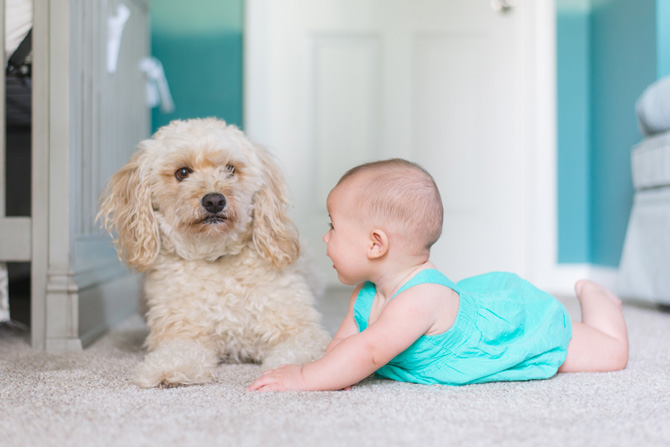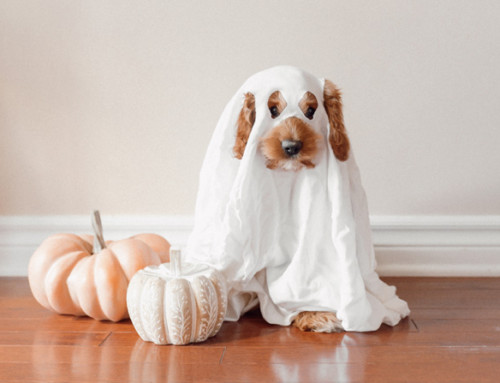Firstly, what exactly is pet etiquette and why is it important? In short, pet etiquette refers to manners. There are basic human manners, which we all should follow, right? Well, pet etiquette for kids is really about teaching children what to do and not to do around pets.
For instance, you have a child who goes up to strange dogs and starts patting them without first asking the owner’s permission. This is poor pet etiquette. Not only might the child get bitten, but also this action may cause the dog distress. The result is likely to be a very unhappy parent (and child), as well as a displeased dog owner.
Pet etiquette for kids: the dos and don’ts
By teaching yourself and your kids about proper pet etiquette you can help keep your kids safe and show respect for any animals you meet. Here are a few rules when it comes to the dos and don’ts of pet etiquette for kids.
Do ask permission before petting
This is by far one of the biggest pet etiquette tips to teach children. Sure, there are lots of kids that don’t like dogs. However, there are many kids that LOVE dogs. This can send them crazy-excited. So much so that they run over and throw their arms around the dog’s neck. This action is probably not going to end well, as even the most laid-back dog is going to get a shock.
So, it’s imperative to teach your child from a young age to ALWAYS ask permission before approaching or touching a dog. They can simply enquire, “Is your dog friendly? Can I pat it?”
If the owner says no, your child needs to know that’s okay. The owner is simply protecting the safety of the child, as well as the wellbeing of her dog.
Don’t assume all dogs are friendly
Naturally, lots of children assume all dogs are as friendly as the family pet. Unfortunately, this isn’t so. Some dogs have an innate dislike of little kids and because they can’t communicate this with words, they might growl or snap their teeth.
Do be gentle and show respect
It’s one thing to teach children not to pat a dog without first asking permission, but what happens when the owner says it’s okay? Kids should be encouraged to approach dogs slowly and hold out a hand (at chest level to avoid encouraging the dog to jump up). Dogs should be allowed to sniff; it’s their way of shaking hands!
Don’t get over-excited
Once the dog has done his or her meet-and-greet, kids can be urged to gently stroke the dog, avoiding its face and ears. Teach your child to stay calm, so as not to frighten the pooch.
Younger kids, in particular, should be taught to “pat or pet, but not pull”. Plus, even though ears and tails look super cute and fluffy, tell them they are out of bounds!
Do give a dog space when it’s eating
Would a child like it if another kid came up and started pushing them when they’re eating? The answer: probably not. Would your child like it if another child came over and tried to take their food? I’m guessing it’s a no.
Advise your child you leave your dog alone when it’s eating. Apart from the fact this is a common courtesy, a dog can get angry and may nip.
Don’t touch a dog’s toys
Just like with food, dogs can get possessive of their toys. Even if the dog isn’t playing with the toy, teach your child to leave the toy—just in case the dog tries to snatch it back.
TIP: I came across a useful piece of advice recently. If your child loves playing ball with your dog, try using two balls. Throw one ball then, when the dog brings it back, show him the second ball. This will encourage him to drop the first ball. Now throw the second ball. This is a great way to avoid injury to your child, as it allows your child to safely pick up the ball without the dog trying to grab it.
Certainly, advising kids about pet etiquette is really about teaching children to respect animals. Doing this from an early age can help your child develop a strong and loving bond with the family pet. Plus, it’ll help keep them safe amongst other animals, particularly those they don’t know well.
Are you conscious about teaching your kids pet etiquette?
Related posts







Leave A Comment